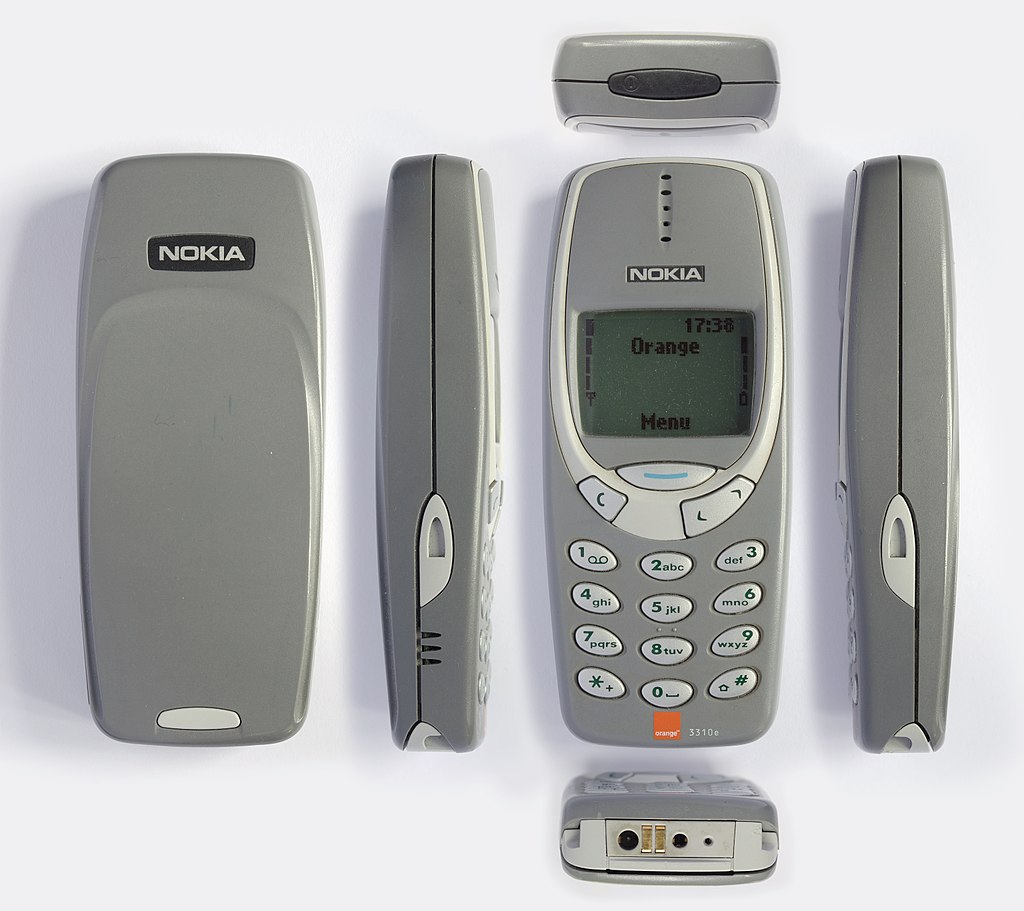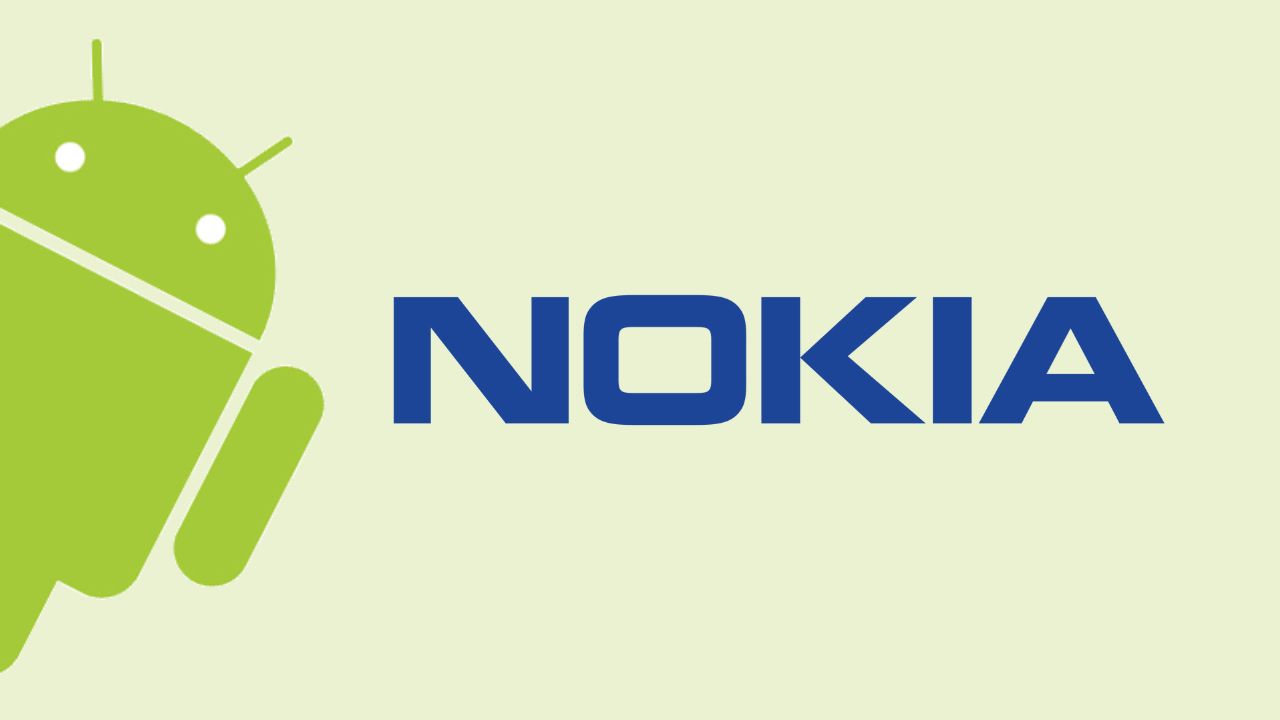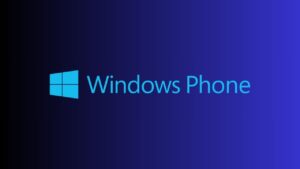For years, Nokia was the undisputed king of the mobile phone industry, with a reputation built on reliable hardware and iconic designs. But when the smartphone era arrived, Nokia made a fateful decision: it chose not to adopt Android. Instead, it bet on Symbian and later Windows Phone. This decision marked the beginning of its decline. But what if Nokia had embraced Android early on? Could it have retained its dominance and even outpaced competitors like Samsung and Apple? Let’s explore this alternate reality.
The Rise and Fall of Nokia
In the early 2000s, Nokia was a global juggernaut in the mobile phone market, commanding over 40% of worldwide sales. The Nokia 3310, with its indestructible build and long-lasting battery, became a cultural icon. The company’s N-series pushed the boundaries of mobile technology, offering features like advanced cameras and multimedia capabilities.

However, the launch of the iPhone in 2007 and the subsequent rise of Android disrupted the market. Nokia’s reliance on the aging Symbian operating system left it ill-equipped to compete in the new era of smartphones. While Apple’s iOS and Google’s Android focused on user experience and app ecosystems, Nokia struggled to adapt.
By 2011, Nokia partnered with Microsoft to launch phones running Windows Phone. Unfortunately, this strategy failed to resonate with consumers. The limited app ecosystem and lack of customization options put Nokia at a disadvantage, and its market share continued to plummet.
Why Nokia Rejected Android
Nokia’s decision to avoid Android wasn’t made lightly. The company prioritized Symbian, believing it could evolve into a viable smartphone platform. When Symbian failed to keep pace with iOS and Android, Nokia shifted to Windows Phone.
The reasons for rejecting Android included:
- Fear of losing control: Nokia was wary of becoming dependent on Google and wanted to maintain control over its software.
- Strategic partnership with Microsoft: Microsoft’s promise of significant financial backing and a unique ecosystem persuaded Nokia to choose Windows Phone over Android.
- Risk aversion: Nokia viewed Android as too open and fragmented, which could dilute its brand identity.
While these reasons seemed logical at the time, they ultimately contributed to Nokia’s downfall.
What If Nokia Had Adopted Android?
Now, let’s imagine an alternate reality where Nokia embraced Android early, perhaps in 2009 or 2010. What could have happened?
- Leverage of Brand Recognition:
Nokia’s global brand recognition and vast distribution network would have given it a significant head start over competitors. In emerging markets, where Nokia was already a household name, Android-powered Nokia smartphones could have dominated. - Competitive Edge:
With its superior hardware design and manufacturing capabilities, Nokia could have outperformed rivals like Samsung. Imagine a Nokia Lumia running Android, with the same stunning build quality and cutting-edge cameras—such a product might have been an instant hit. - Market Share Gains:
If Nokia had adopted Android in its infancy, it could have secured a large share of the growing smartphone market before Samsung and other manufacturers became dominant players. According to market reports, Android’s global market share rose from 3.9% in 2009 to 39.5% in 2011. Nokia’s early adoption could have significantly altered this trajectory. - Partnerships and Ecosystem:
Aligning with Google’s ecosystem would have provided access to a vast app marketplace and seamless integration with services like Gmail, YouTube, and Google Maps—features that consumers valued highly.
However, success wasn’t guaranteed. Nokia would still have faced challenges like intense competition within the Android ecosystem and internal corporate struggles.
Lessons from Samsung’s Android Strategy
To understand what Nokia could have achieved, we can look at Samsung’s approach to Android. Samsung was an early adopter, launching its Galaxy series in 2010. Here’s why Samsung succeeded:
- Diverse Product Range:
Samsung catered to all market segments, from flagship models like the Galaxy S to budget-friendly devices. - Custom Features:
Samsung differentiated itself with innovations like AMOLED displays, stylus support, and custom software features. - Strong Marketing:
Aggressive marketing campaigns positioned Samsung as a premium brand, rivaling Apple.
Nokia, with its legacy of innovation and global reach, could have followed a similar strategy and perhaps even outpaced Samsung.
Challenges Nokia Would Have Faced Even with Android
While the “what if” scenario is intriguing, it’s important to acknowledge the challenges Nokia would have encountered, even if it had adopted Android:
- Intense Competition:
The Android market is highly competitive, with numerous manufacturers vying for dominance. Standing out in such a crowded space requires innovation and marketing, both areas where Nokia struggled in its later years. - Corporate Culture:
Nokia’s internal bureaucracy and slow decision-making processes were well-documented. Transitioning to Android might not have resolved these fundamental issues. - Google’s Rules:
As an Android OEM, Nokia would have had to comply with Google’s strict guidelines, limiting its ability to customize the user experience. This could have clashed with Nokia’s desire for control over its products.
Lessons for Today’s Tech Giants
Nokia’s story offers valuable lessons for modern tech companies:
- Adapt Quickly:
In fast-changing industries, agility is key. Companies must recognize shifts in consumer preferences and adapt accordingly. - Embrace Ecosystems:
Success in today’s tech world often depends on building or integrating into ecosystems. Apple’s iOS and Google’s Android are prime examples of this. - Balance Innovation and Strategy:
Nokia’s focus on hardware excellence wasn’t enough to sustain its success. A balanced approach that includes software innovation and strategic partnerships is essential.
Conclusion
The question of whether Nokia would still dominate the smartphone market had it adopted Android early is both fascinating and speculative. While its brand strength and hardware expertise might have propelled it to success, significant challenges remained. What Nokia’s story ultimately teaches us is the importance of adaptability, foresight, and alignment with consumer needs in a rapidly evolving industry.
Call to Action:
What do you think? Could Nokia have reclaimed its throne by adopting Android, or was its decline inevitable? Share your thoughts in the comments below! If you enjoyed this analysis, explore our other articles on tech industry “what if” scenarios.



